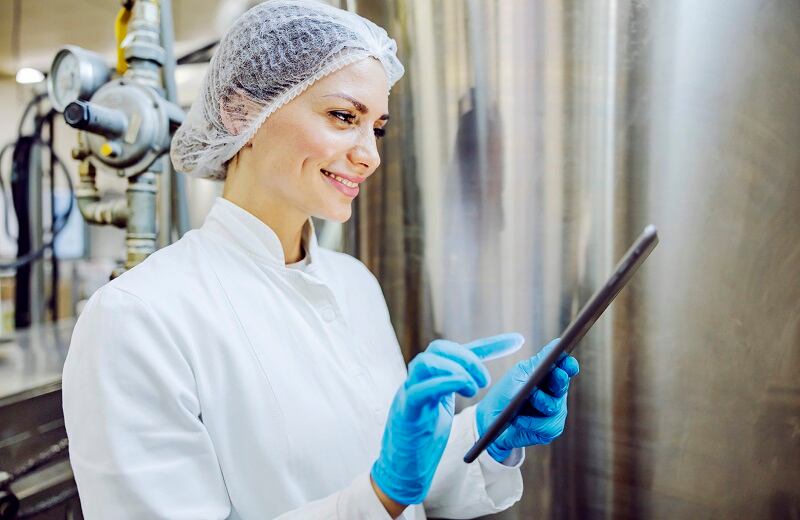“If the burger market ... dries up or starts to dry up, where do those ingredient manufacturers get additional sources of revenue?” See Hoye said. “It becomes very difficult because they put all their eggs in one basket.”
Looking beyond plant proteins with upcycling
Plant-based ingredient manufacturers that rely on fractionation processes to obtain plant proteins could grow their business by exploring how would-be wasted by-products can be upcycled in different applications and markets, See Hoye said.
“Those ingredient manufacturers have to start looking at valorization of the other components of the plant. What do you do with the fiber? What do you do with the sugars? Where are the synergies to match up with other ingredients, with other industries.”
To capitalize on upcycling potential, many companies will need to develop processes and invest in equipment to capture would-be waste streams, and they might need to develop market demand for their product, cautioned See Hoye.
“There is a cost involved in putting those secondary processes, and that's maybe what's driving the decisions not to do that. Because where is the market? Maybe the market hasn't been developed yet. So, why invest in those equipment and those processes if the market isn't properly defined yet to take those alternative ingredients, but that's an area that needs to be worked on.”
At pilot plants, Dedert helps ingredient companies evaluate the market potential of upcycled ingredients as well as the equipment they would need to capitalize on the opportunity, See Hoye said.
“There are companies like ours that are building pilot plants already to try to start demonstrating this concept of what can you do with these other streams. We just now need to find the people who want to engage with us to use the equipment and to develop those processes.”
Rethinking precision fermentation processes to scale up
Precision fermentation also faces unique challenges to scaling that Dedert can help address, See Hoye explained.
“At the lab scale, spray dryers are the most prevalent drying technology ... to finalize and package up their dry powder product. But when it's time to go for an optimization and a scale up to commercialization, spray dryers can tend to be quite expensive and costly to operate.”
"The most effective way to remove water from any type of product is mechanical de-watering, and then thermal evaporation, and then thermal drying," See Hoye said. With spray drying, "it skips the first two steps and goes right to thermal drying," which “becomes very inefficient,” he added.
Spray drying "requires dilution of the feed stream for effective atomization," which means that "thermal efficiency is therefore lost since additional heat is needed in the dryer to evaporate the dilution water," he added.
By incorporating at “least one if not both of those other upstream processes” (mechanical de-watering and thermal evaporation), precision fermentation companies “can start building out a more efficient and cost-effective process line,” he added.
Coming together as an industry to find new opportunities
At the Bridge2Food Summit Americas last month where See Hoye presented, he stressed the importance of everyone coming together to find new opportunities and address market obstacles.
"Groups like Bridge2Food are playing an important role in the ecosystem, as they're developing that network; they're developing that ecosystem," See Hoye said. "Those events come in handy is that you're now not just matching one for one; ... somebody's throwing away whey and somebody who needs it. But you're now also putting together in the same room the people who have the equipment who could capture that whey and transform it into the product that they need."


